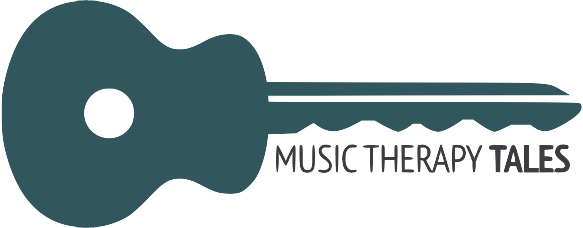Science Shows Why Cutting Music Education Funding Is a Mistake
Music education is often at risk of decreased funding or total elimination. To see how short-sighted this trend is, we need simply turn to science. Neuroscience shows that the best, most comprehensive aid to brain development is music.
Music helps the brain develop in many nonmusical ways. It can promote character development, empathy and leadership skills. It is filled with opportunities for collaboration and socialization: peers work together to create beauty, to achieve a higher goal through individual preparation and mutual cooperation. These are all key traits for success in the workforce and in life.
Let’s begin with my first point: optimal brain development. As the neuroscientist Nina Kraus says, “to be a musician is to be a consummate multi-tasker.” Playing music requires advanced skills in
- Auditory perception: pitch discrimination, playing in tune, creating sounds in the present and judging them against sounds you played in the past while planning for the future.
- Motor control: for breathing, and the fine motor control required for singing or playing an instrument.
- Visual perception: reading and decoding music notation.
- Pattern recognition: assessing right/wrong, playing scales and arpeggio, theory, harmony.
- Memory: short- and long-term.
Photo courtesy of Doug Pileri
This type of multi-tasking creates neural pathways that make a musician’s brain distinct from a non-musician’s. It is the right type of neural engagement for the best possible brain development.
No music center has been discovered in the brain. There are primary centers in the brain for language, speech, voluntary movement and visual perception. But music, like no other skill, requires the entire brain to engage. Making music is a tour de force for the brain, one that requires us, and in facts trains us, to be “consummate multi-taskers.” Music training helps with speech in foreign languages (Milovanov, et al., 2010), “spatial tactile acuity” (Ragert et al., 2004), hearing of speech in background noise (Strait et al., 2013), faster response to emotional statements (Strait et al., 2009), enhanced auditory attention and working memory (Chan et al, 1998; Jakobson et al, 2008; Parbery-Clark et al., 2009b, 2011a; Strait et al., 2012b, 2013a; Kraus et al, 2012), and executive function and “auditory attentional control” (Hannon & Trainor, 2007; Bialystok & DePape, 2009; Strait et al, 2010; Moreno et al., 2011; Strait & Kraus, 2011; Strait et al., 2012b).
The perception of music begins in the womb, in the final trimester. This complex neural experience begins to shape the brain and helps infants learn language, guide social bonding and interactions.
Regarding character development, opportunities to lead, follow and encourage peers are inherent in the making of music. A great music educator knows how to help students assume roles that develop skills in character and leadership, notably responsibility and integrity. I recall my high school music educator speaking to me when I ascended to the first-chair clarinet position. He asked me who I intended to be in relation to the last person in my section: better than, or helpful? The choice was easy to make but not implicit in the position I had earned. That one question has informed my whole relationship to music, to teaching and to being a member of an ensemble. Competition is inherent in music and drives us to a personal best. But collaboration is the key to ensemble success. It’s a winning combination for the developing child.
The emotional spectrum of music provides children with appropriate outlets, and inlets, for feelings. For example, while listening to Beethoven’s Pastoral Symphony, one can relate to the awe he found in nature. Billie Holiday’s recording of “Strange Fruit” can convey the angst, despair and disgust of African Americans and other humanists during the fight for basic civil rights. Music also provides a way to express feelings. A drum can accept anger. In fact, drumming may be the most appropriate expression of this intense emotion. Eventually your hands will hurt and you will begin to find other gentler voices and grooves. The chaotic fierce energy of anger will be discharged and you can emerge with a sense of order.
Not everybody will go to music school. I would never advocate music education for that path alone. We should provide a proper music education for each and every child. Through music, all children should know how to find comfort, joy and motivation throughout their lives. They deserve to explore this rich cognitive and emotional subject just as much as they do language arts, math, science, physical education and history. Teaching a child music is the gift that lasts a lifetime.
-- Kathleen M. Howland
Kathleen M. Howland, Ph.D., is a certified music therapist (MT-BC, NMT/F) and speech therapist (CCC-SLP). She teaches undergraduate and graduate courses at Berklee College of Music.
Photo courtesy of Doug Pileri


